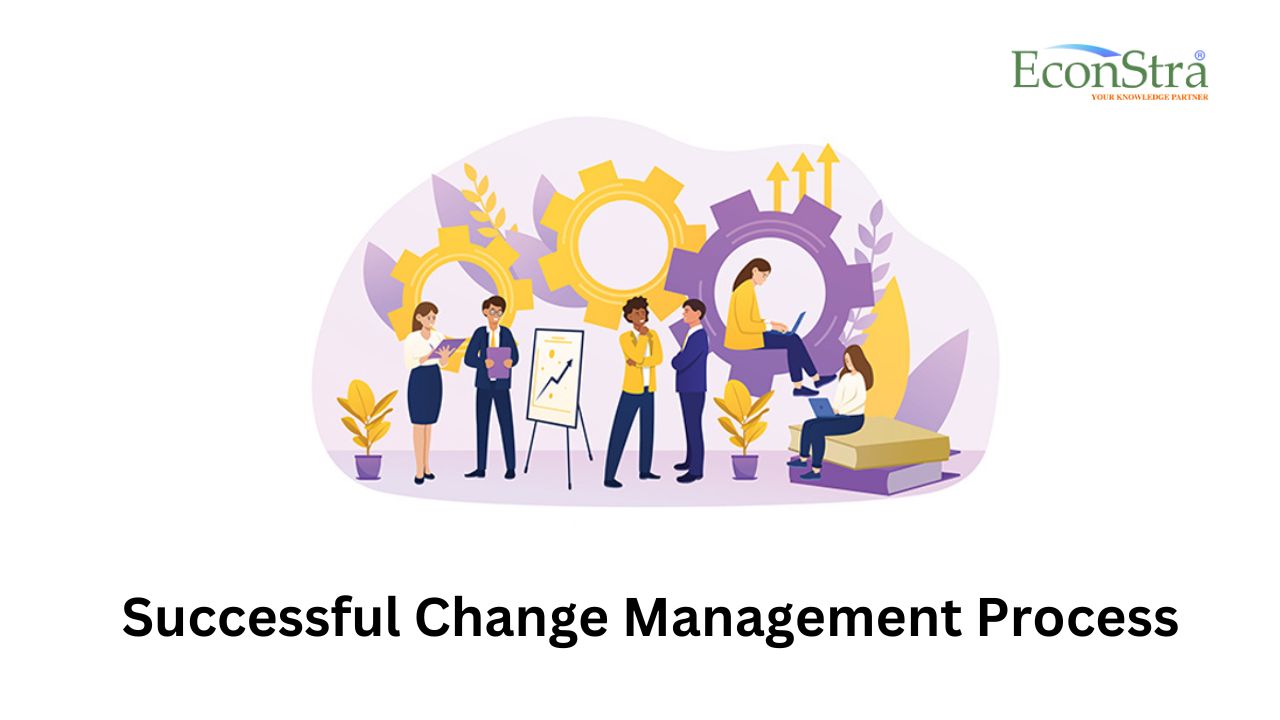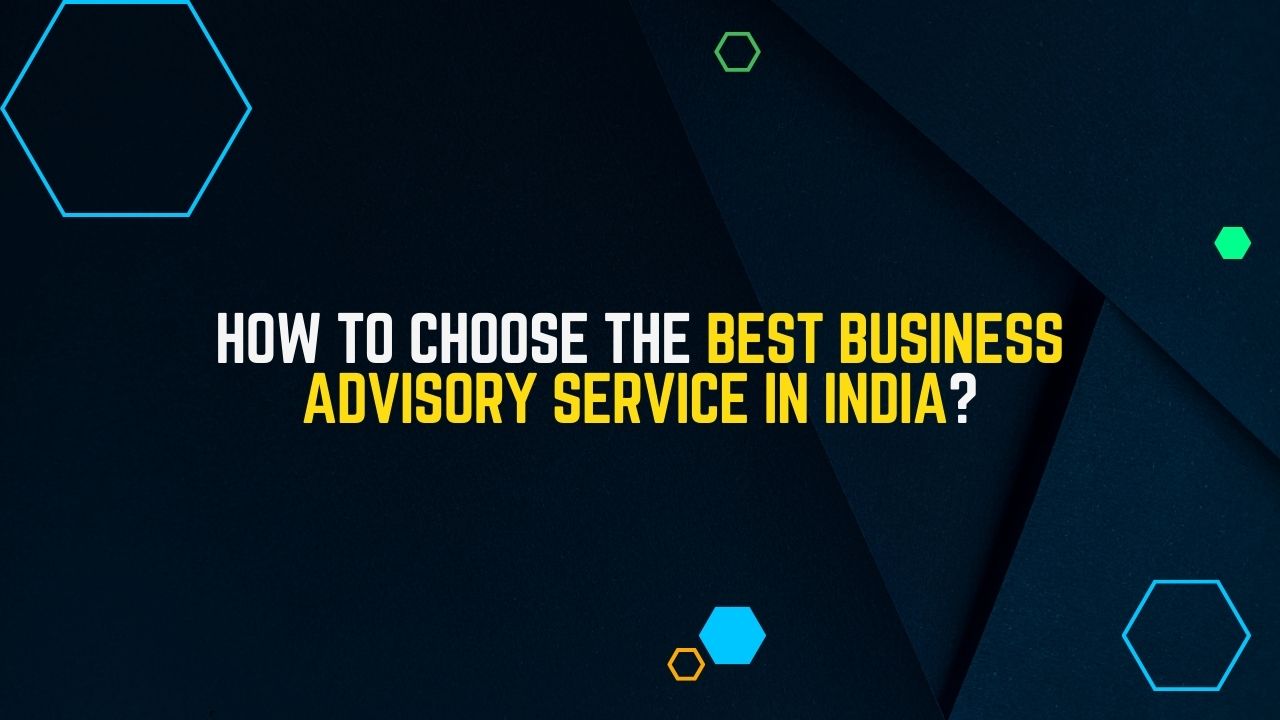by Soumyajit Admin
Share

In today’s fast-paced, dynamic business environment, the success of any organization hinges on the performance of its teams. High-performing teams are not just a product of chance; they are meticulously crafted through effective leadership and strategic talent management.
Today, here, in this blog post, we delve into the intricacies of developing high-performing teams, exploring the vital role of leadership and talent management in fostering a culture of excellence and achieving organizational goals.
So, let’s have a clear understanding of this context.
Understanding High-Performing Teams
Before diving into the nuances of leadership and talent management, let’s first understand what constitutes a high-performing team.
High-performing teams epitomize the pinnacle of collaboration and shared purpose. Synergy within such teams fosters an environment where individual strengths complement each other, resulting in outcomes far greater than the sum of their parts. Through seamless collaboration, members leverage diverse perspectives to tackle complex challenges, leveraging their collective expertise to find innovative solutions.
Central to their success is a shared dedication to organizational goals, driving them to surpass expectations and strive for excellence. Their communication is not just efficient but transformative, facilitating the exchange of ideas and fostering a culture of openness and transparency. When faced with obstacles, these teams exhibit remarkable resilience, viewing setbacks as opportunities for growth and learning.
Their adaptability enables them to swiftly pivot strategies in response to changing circumstances, ensuring continued progress towards their objectives. In essence, high-performing teams embody the epitome of synergy, collaboration, and unwavering commitment to success.
The Role of Leadership in Team Development
Effective leadership serves as the cornerstone of developing high-performing teams. Leaders play a pivotal role in setting the vision, fostering a conducive work environment, and inspiring team members to unleash their full potential. Here are some key principles of leadership that contribute to team success:
1. Visionary Leadership:
Visionary leaders possess the rare ability to paint a vivid picture of the future that ignites passion and drives action among team members. Their compelling vision serves as a guiding light, illuminating the path forward and imbuing each member with a sense of purpose and direction. By articulating clear objectives and delineating a roadmap for success, these leaders rally the collective efforts of the team towards a shared mission.
This alignment fosters a deep sense of unity and commitment, as team members recognize their integral role in realizing the overarching vision. In the wake of challenges, the clarity of purpose instilled by visionary leaders serves as a beacon, guiding the team through adversity towards the attainment of their aspirations.
2. Empowering Leadership:
Empowering leaders go beyond mere delegation; they cultivate a culture of autonomy and accountability where team members feel trusted and valued. Through clear communication and support, these leaders provide the framework for individuals to make decisions aligned with organizational objectives.
By relinquishing control and granting autonomy, they unlock the full potential of their team, fostering a sense of ownership and responsibility. This empowerment ignites a spark of creativity and initiative within team members, fueling innovation and driving performance to new heights. In an environment where ideas are encouraged and contributions are recognized, empowered individuals thrive, propelling the team towards excellence with passion and purpose.
3. Collaborative Leadership:
Collaborative leaders recognize that the strength of a team lies in its collective wisdom and diverse perspectives. They cultivate an inclusive atmosphere where every voice is heard, fostering a sense of belonging and mutual respect. By encouraging open dialogue and idea-sharing, these leaders stimulate creativity and innovation, sparking new insights and approaches to problem-solving.
Through active collaboration, they leverage the combined expertise of the team, pooling together diverse talents and experiences to tackle challenges with agility and ingenuity. This collaborative spirit not only drives continuous improvement but also fosters a culture of innovation where bold ideas flourish, propelling the team towards success in an ever-evolving landscape.
4. Adaptive Leadership:
In the face of constant change and uncertainty, adaptive leadership emerges as a guiding force, steering teams through turbulent waters with confidence and resilience. These leaders exhibit a remarkable ability to embrace change, remaining flexible and adaptable in their approach. With a keen sense of foresight, they anticipate shifts in the landscape and proactively adjust strategies to stay ahead of the curve.
By instilling a culture of agility and adaptability within their teams, these leaders empower individuals to embrace change as an opportunity for growth and innovation. Through their guidance and support, teams not only weather the storms of uncertainty but emerge stronger and more resilient, ready to tackle whatever challenges lie ahead.
Also read: Top Strategies For Successful Change Management In Your Company
Harnessing Talent through Strategic Team Management
Talent management plays a crucial role in identifying, nurturing, and retaining top talent within an organization. Strategic talent management encompasses various practices aimed at maximizing the potential of individuals and teams. Here are some key strategies for effective talent management:
1. Recruitment and Selection:
Recruitment stands as the cornerstone of assembling high-performing teams. It’s not merely about filling positions but about selecting individuals whose values and aspirations resonate with the organization’s ethos. Through a meticulous recruitment process, organizations seek candidates whose skills and qualifications not only meet the job requirements but also enrich the team dynamic.
By prioritizing cultural fit alongside competence, organizations lay a solid foundation for synergy and collaboration. When individuals align with the organization’s values and culture, they are more likely to contribute positively to team cohesion and morale. Thus, strategic recruitment isn’t just about finding talent; it’s about cultivating a shared sense of purpose and commitment from the outset, setting the stage for collective success.
2. Training and Development:
Continuous learning and development lie at the heart of nurturing a talented workforce. Organizations committed to excellence recognize the imperative of investing in their employees’ growth and skill enhancement. They offer a diverse array of training programs, workshops, and developmental opportunities tailored to meet evolving industry demands.
By equipping team members with the necessary tools and knowledge, organizations empower them to excel in their roles and contribute meaningfully to organizational objectives. Moreover, fostering a culture of learning cultivates a dynamic environment where individuals embrace change and innovation with enthusiasm. Through continuous learning initiatives, organizations not only enhance performance but also foster a sense of fulfillment and professional fulfillment among their teams.
3. Performance Management:
Effective performance management serves as the compass guiding teams toward success. Clear expectations are set, ensuring everyone understands their role and responsibilities. Regular feedback loops enable continuous improvement, fostering a culture of open communication and growth.
Organizations establish performance metrics and KPIs aligned with strategic goals, allowing team members to gauge their progress and contribute meaningfully. By promoting accountability and recognition, organizations cultivate a culture where individuals take ownership of their work and achievements are celebrated. This creates a positive feedback loop, motivating team members to consistently deliver excellence and contribute to the collective success of the organization.
Also read: Effective Solutions For Business Management Problems
4. Employee Engagement:
Creating a positive work environment is essential for nurturing a motivated and committed workforce aligned with organizational goals. To achieve this, companies can implement various initiatives. Employee recognition programs acknowledge and reward outstanding performance, boosting morale and fostering a sense of appreciation.
Flexible work arrangements, such as remote work options or flexible scheduling, empower employees to maintain a healthy work-life balance, enhancing job satisfaction and retention. Furthermore, involving employees in decision-making processes not only promotes transparency but also empowers them to contribute their insights and expertise, fostering a culture of collaboration and ownership within the organization.
5. Retention Strategies:
To retain top talent and mitigate turnover, organizations employ multifaceted strategies. Competitive compensation and benefits packages ensure employees feel adequately rewarded for their contributions, motivating them to stay. Providing clear career advancement paths and opportunities for skill development not only fosters professional growth but also instills a sense of loyalty and commitment.
Work-life balance initiatives, such as flexible scheduling or telecommuting options, demonstrate a commitment to employee well-being and enhance job satisfaction. Moreover, fostering a supportive and inclusive culture where diversity is celebrated and every voice is heard cultivates a sense of belonging and loyalty among employees, contributing to long-term retention and organizational success.
Also read: Understanding Task Management In The Modern Workplace
6. Succession Planning:
Succession planning stands as a cornerstone of organizational resilience, ensuring seamless transitions and sustained excellence. By proactively identifying and nurturing internal talent, organizations safeguard against disruptions caused by leadership turnover and talent shortages. Succession planning entails a thorough evaluation of employees’ potential, coupled with targeted development initiatives to cultivate leadership skills and competencies.
Through mentorship programs, leadership training, and stretch assignments, future leaders are prepared to step into key roles with confidence and competence. By investing in succession planning, organizations not only secure their future leadership pipeline but also foster a culture of growth and opportunity, empowering employees to reach their full potential within the organization.
NOTE:
“Developing High-Performing Teams: Leadership and Talent Management” explores the vital role of effective leadership and talent management in fostering success within organizations. At Econstra, a top business consultancy firm, renowned for its expertise in optimizing organizational performance, we understand the intricacies of cultivating high-performing teams. Our tailored strategies encompass comprehensive leadership development programs and innovative talent management techniques aimed at unlocking the full potential of every team member. With Econstra’s guidance, businesses can cultivate a culture of excellence, harnessing the collective strengths of their teams to achieve remarkable results. For unparalleled expertise in unleashing your team’s potential, trust Econstra as your partner in success.
The Bottom Line: Building a Culture of Excellence
In conclusion, developing high-performing teams requires a strategic approach to leadership and talent management. Effective leaders inspire and empower their teams, fostering a culture of collaboration, innovation, and adaptability. Strategic talent management practices ensure that organizations attract, develop, and retain top talent, enabling teams to achieve peak performance and drive organizational success.
By prioritizing leadership development and investing in talent management initiatives, organizations can unleash the full potential of their teams and build a culture of excellence that propels them towards their goals.
STAY IN THE LOOP
Subscribe to our free newsletter.
In the realm of teamwork, effective communication acts as the glue that holds everything together. Whether you are collaborating on a project, managing a team, or striving for a common goal, clear and open communication is paramount to success. However, despite its significance, communication gaps often plague teams, leading to misunderstandings, delays, and frustration. Here, […]
In today’s fast-paced business environment, change is not just inevitable; it’s essential for growth and survival. Whether it is adapting to new technologies, responding to market shifts, or restructuring internal processes, businesses must be adept at managing change effectively. However, implementing change management strategies can be challenging without a clear roadmap. So, today, here, in […]
Welcome aboard the journey of unlocking the true potential of your business through the art of sales strategy. In a landscape where competition is fierce and markets are ever-evolving, developing a winning sales strategy is not just an option; it’s a necessity for survival and prosperity. Whether you are a budding entrepreneur or a seasoned […]
Are you a business owner in India looking to propel your company to new heights of success? As the entrepreneurial landscape continues to evolve, navigating the complexities of running a business requires expert guidance. This is where a top-notch Business Advisory Service in India becomes invaluable. With the right advisory partner by your side, you […]




